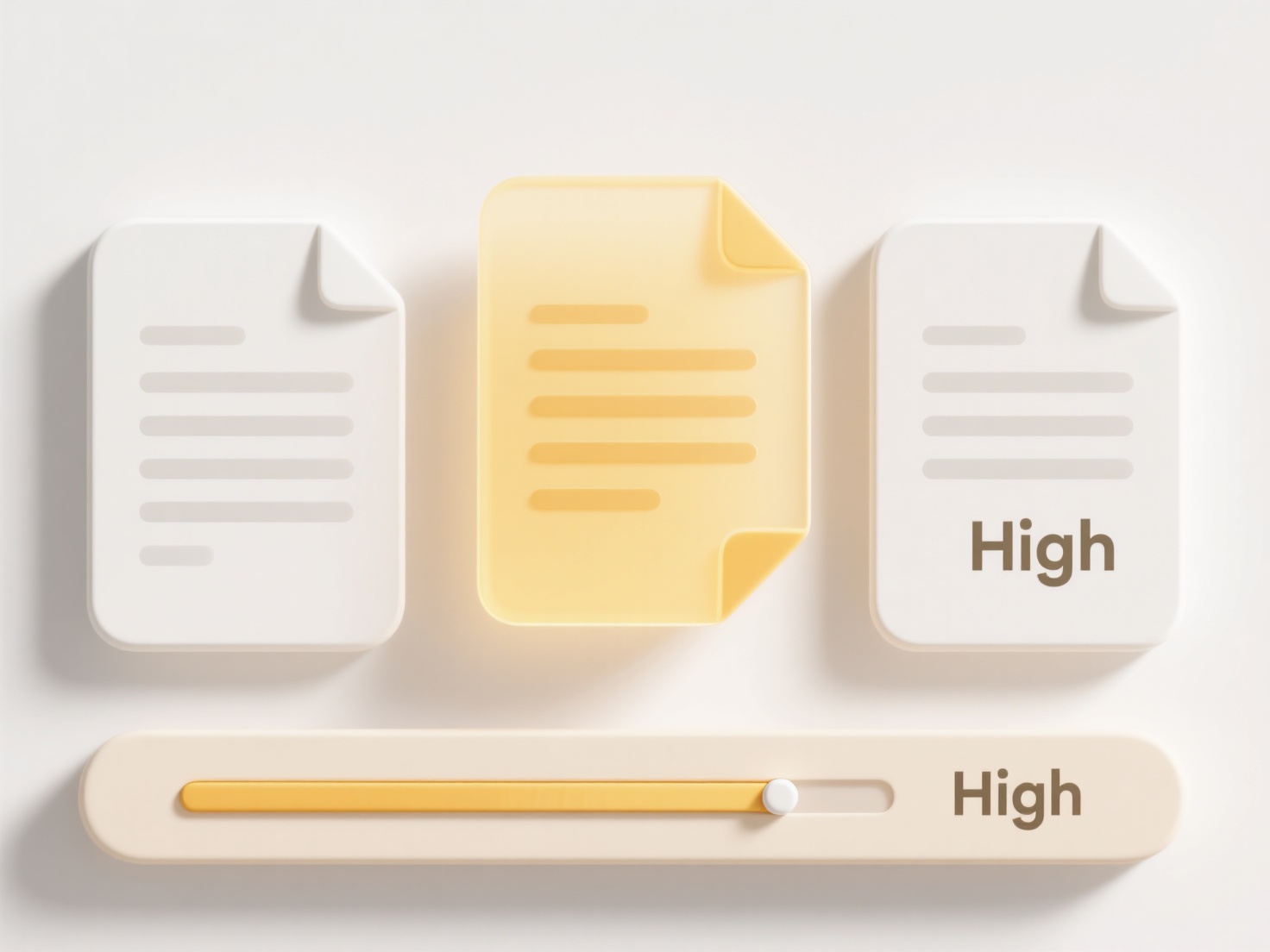
Permission presets for file templates allow you to predefine access rights assigned to new files created from a specific template. This means setting who can view, edit, or share documents before they are even created, ensuring consistent security and eliminating manual permission configuration for each new file. This differs from standard file permissions, as the rules are baked into the template itself instead of being set individually per document after creation.
For instance, organizations commonly apply this when using document templates in platforms like Google Workspace or Microsoft SharePoint. A company might create a "Restricted Confidential" template with a preset allowing only Finance managers to edit new documents made from it. Conversely, a "Collaborative Project Plan" template could have presets granting immediate edit rights to all members of a designated engineering team, speeding up project initiation.

This approach offers significant advantages in efficiency and policy enforcement but has limitations. While it streamlines secure document creation and reduces errors, it typically supports only a finite set of predefined user groups rather than highly dynamic, individual assignments. Presets can sometimes lack granularity for unique cases, potentially leading to over-provisioning if not carefully designed. Future developments focus on smarter, context-aware presets leveraging user roles.
Can I set permission presets for file templates?
Permission presets for file templates allow you to predefine access rights assigned to new files created from a specific template. This means setting who can view, edit, or share documents before they are even created, ensuring consistent security and eliminating manual permission configuration for each new file. This differs from standard file permissions, as the rules are baked into the template itself instead of being set individually per document after creation.
For instance, organizations commonly apply this when using document templates in platforms like Google Workspace or Microsoft SharePoint. A company might create a "Restricted Confidential" template with a preset allowing only Finance managers to edit new documents made from it. Conversely, a "Collaborative Project Plan" template could have presets granting immediate edit rights to all members of a designated engineering team, speeding up project initiation.

This approach offers significant advantages in efficiency and policy enforcement but has limitations. While it streamlines secure document creation and reduces errors, it typically supports only a finite set of predefined user groups rather than highly dynamic, individual assignments. Presets can sometimes lack granularity for unique cases, potentially leading to over-provisioning if not carefully designed. Future developments focus on smarter, context-aware presets leveraging user roles.
Quick Article Links
How can I find duplicate images with different names?
Finding duplicate images with different names involves identifying identical or nearly identical image files despite hav...
How do I enforce unique file naming in shared spaces?
Unique file naming in shared spaces means establishing rules or using tools to prevent collaborators from saving files w...
Can file format conversions create unintentional duplicates?
File format conversions can indeed create unintentional duplicate files. This happens when a new file in the target form...